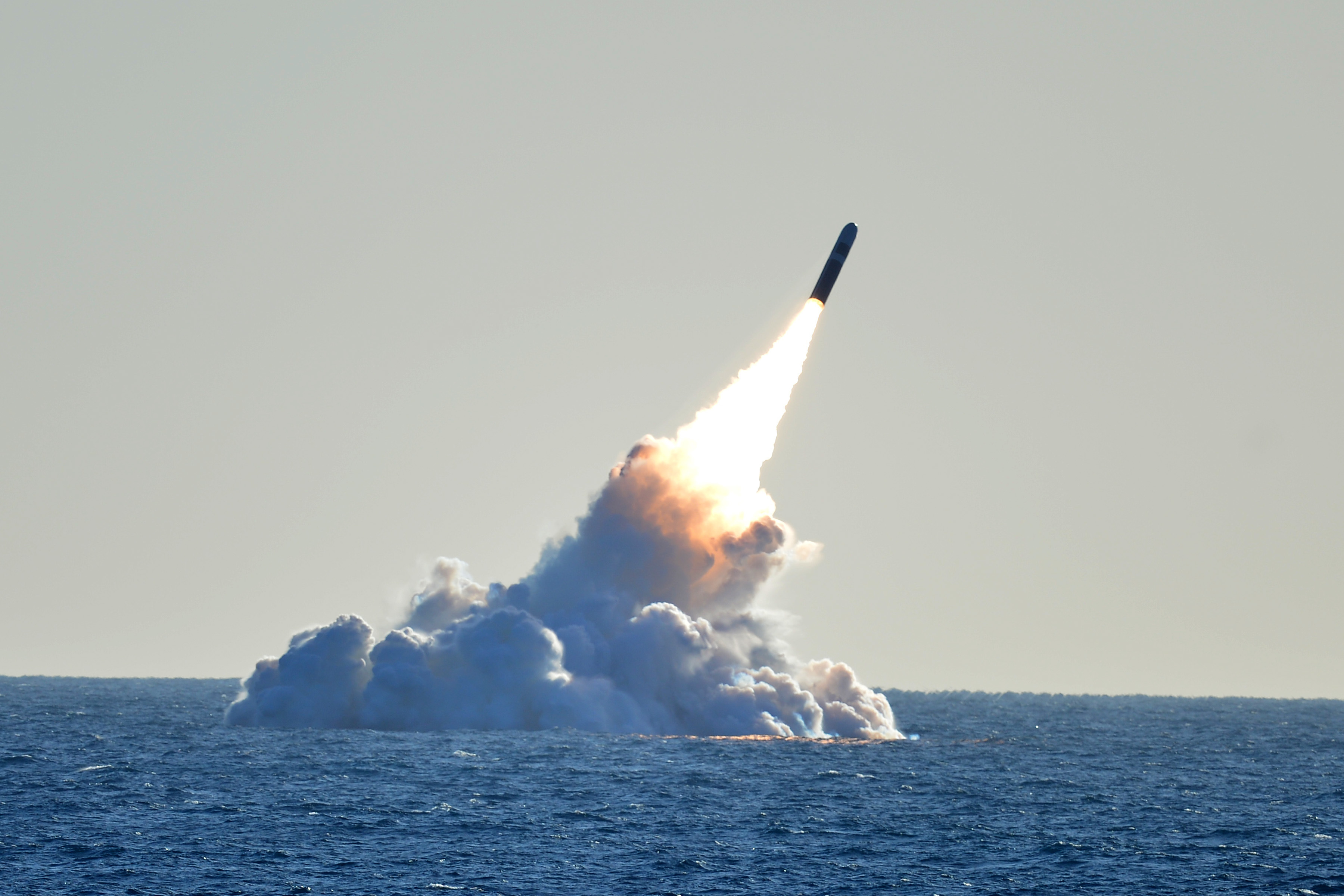The United States is boosting its nuclear deterrence by developing sea-based nuclear cruise missiles to counter threats from China and Russia. This initiative comes as tensions with these adversaries escalate.
Currently, the U.S. nuclear triad includes land-based intercontinental ballistic missiles (ICBMs), air-launched cruise missiles, and sea-based weapons. However, the Pentagon is now focusing on enhancing its sea-based nuclear capabilities to ensure a reliable second-strike option, crucial if land-based and air-launched systems are compromised in a first strike.
Navy Vice Adm. Johnny R. Wolfe Jr., Director for Strategic Systems, testified before the Senate Armed Services strategic forces subcommittee, emphasizing the deterrent role of ballistic missile submarines, which remain on alert and undetectable. This capability ensures the U.S. can retaliate effectively if attacked.
Alongside Air Force Gen. Thomas A. Bussiere, Commander of Air Force Global Strike Command, Vice Adm. Wolfe detailed the modernization efforts of the Navy's nuclear triad, highlighting the new sea-launched cruise missile (SLCM-N). This missile is designed to be launched from attack submarines and surface vessels, rather than just ballistic missile submarines.
Wolfe pointed out the challenges of reviving the industrial base needed for SLCM-N production and the significant investments required for concurrent nuclear modernization programs. The SLCM-N aims to counter the expanding nuclear arsenals of Russia and China, with Russia possessing nearly a thousand tactical nuclear weapons and China having around 500 nuclear warheads.
A previous Pentagon report noted that China's Jin-class ballistic missile submarines, equipped with JL-3 missiles capable of carrying nuclear warheads, are conducting near-continuous patrols in the South China Sea, posing a significant threat to U.S. security.
The introduction of the SLCM-N marks the first new U.S. nuclear weapon since the end of the Cold War, signaling to adversaries that the U.S. remains capable of responding to any nuclear threat. This development is essential for maintaining strategic stability and deterring potential nuclear attacks.
Vice Adm. Wolfe stressed the need for investments in infrastructure, human capital, and the industrial base to achieve nuclear modernization. He highlighted the necessity of balancing the SLCM-N program with ongoing Navy initiatives and the importance of continued support from Congress to deliver a reliable sea-based strategic deterrent capability.
As the U.S. transitions from Ohio-class to Columbia-class submarines, maintaining the current missile inventory and ensuring a seamless transition between the classes are critical priorities.
Sen. Deb Fischer emphasized the need for diverse deterrence options, and Wolfe concurred, noting that nuclear modernization requires careful planning and time to balance various operational needs and strategic goals.

No comments:
Post a Comment